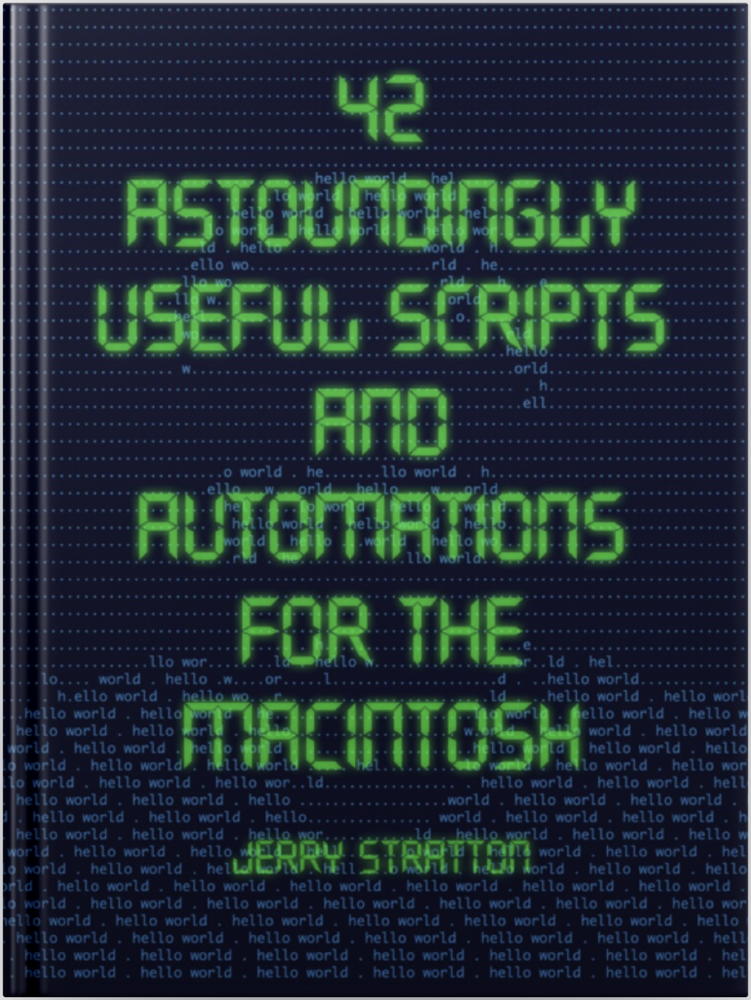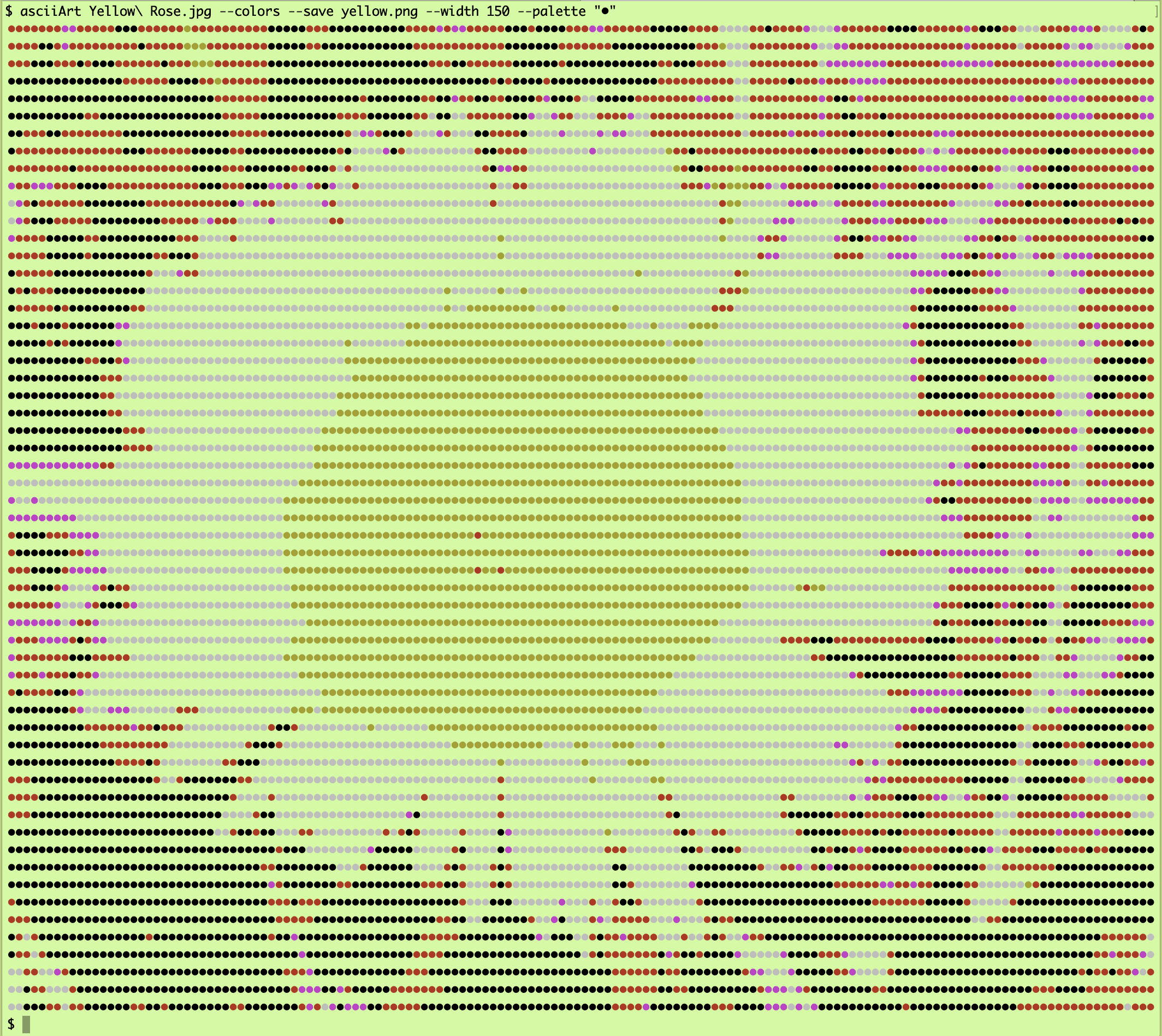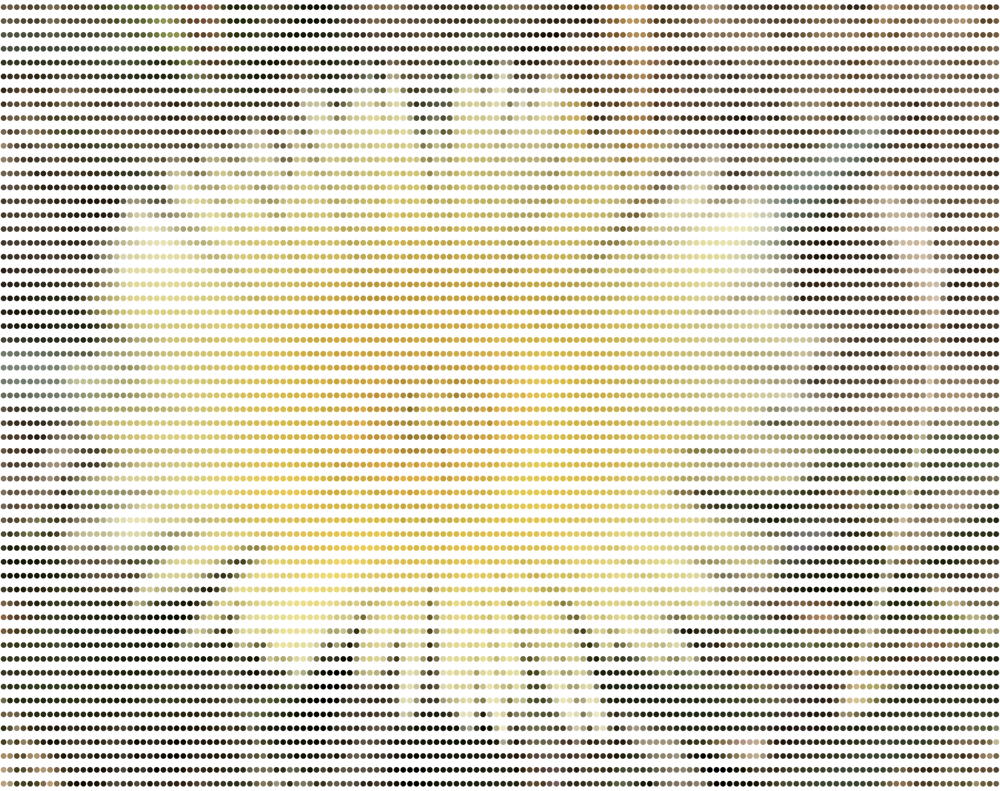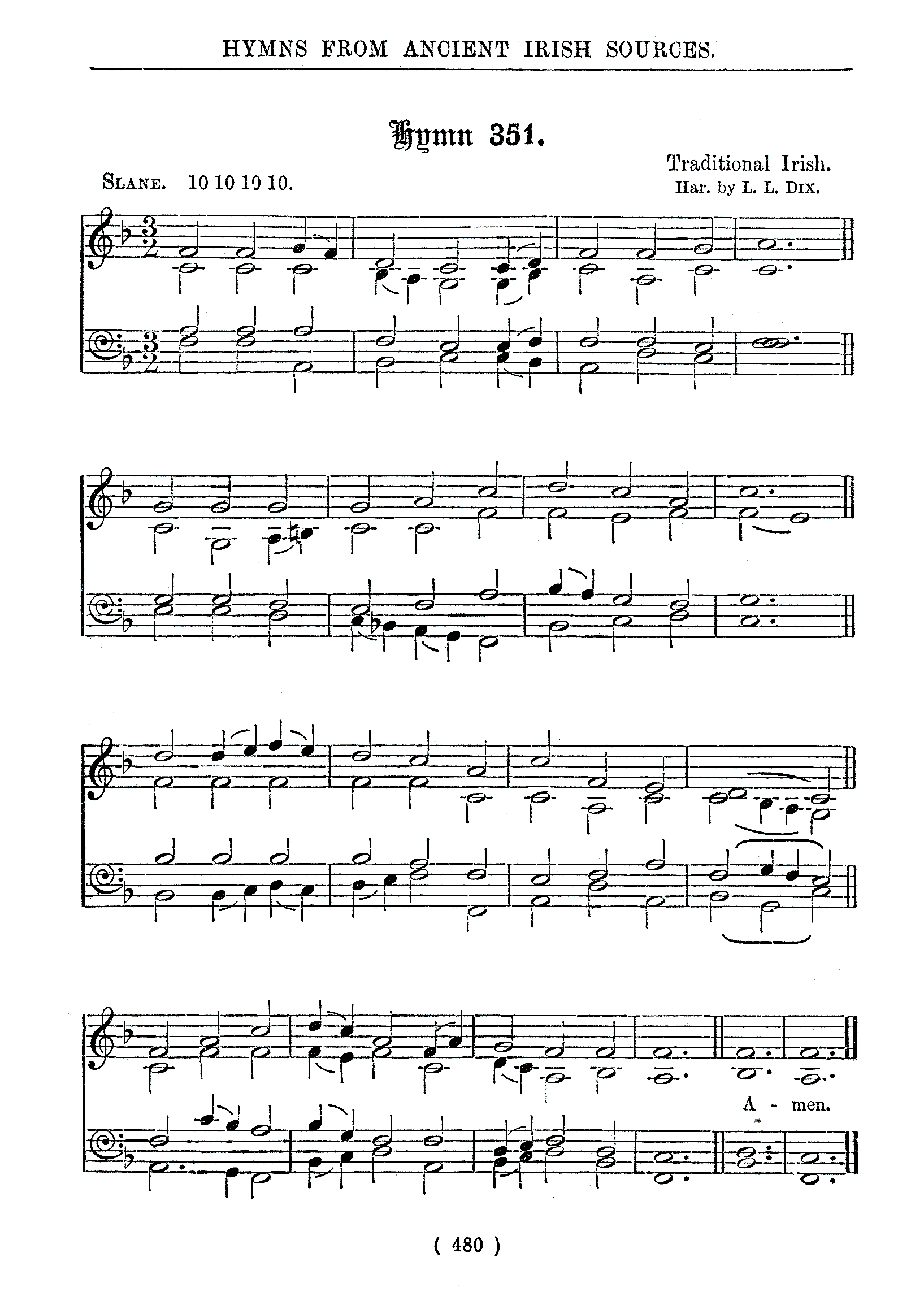I wrote in Astounding Scripts about using option-8 as the sole palette when creating ASCII images in color. It creates an interesting pointillist effect.
[toggle code]
- asciiArt "Yellow Rose.jpg" --colors --width 150 --palette "•"
Use the flower photo at Yellow Rose of Los Angeles (JPEG Image, 249.0 KB). You’ll probably also want to change the width to match your Terminal window (or change your Terminal window’s width to match 150 characters), but it should come out looking like this:
You may also want to play around with different background colors. I tried white and black, but surprisingly the effect is more pronounced with the default green background.
It can create an interesting effect to save it as a PNG file as well. The PNG version has more colors, because PNG allows more colors than the Terminal does. With only eight colors, the Terminal version is starker. The PNG version is both more colorful and more faded.
[toggle code]
- asciiArt "Yellow Rose.jpg" --colors --width 150 --palette "•" --save yellow.png --quiet
You can, of course, adjust the density of the image by adjusting the width from 150 characters across to more or less.
Unlike most ASCII art, which prefers simple images, this technique can work with any image. It even worked on the photo of me wearing a Mr. Incredible mask, which I used as the example in the book•.
It’s not quite pointillism. That requires the points to be close enough together to merge with each other. There is enough space between the option-8 bullet to keep the points separate when viewed closely or at a large size, and to strongly fade the image when viewed from a distance or at a small size. This is more like the accidental child of Seurat and ASCII. In Seurat’s images, the image is brought out through closely-drawn dots. With this technique, the image is veiled by well-separated dots.
I could not find any larger dots than option-8; there are some dot-like characters, but they’re only slightly larger and they’re a different width than the rest of the font, which makes them less useful for ASCII art.
- 42 Astoundingly Useful Scripts and Automations for the Macintosh•: Jerry Stratton at Jerry Stratton on Amazon.com (paperback)
-
 If you have a Macintosh and you want to get your retro on, take a look at 42 Astoundingly Useful Scripts and Automations for the Macintosh. These modern scripts will help you work faster and more reliably, and inspire your own custom scripts for your own workflow.
If you have a Macintosh and you want to get your retro on, take a look at 42 Astoundingly Useful Scripts and Automations for the Macintosh. These modern scripts will help you work faster and more reliably, and inspire your own custom scripts for your own workflow.
- 42 Astoundingly Useful Scripts and Automations for the Macintosh
- MacOS uses Perl, Python, AppleScript, and Automator and you can write scripts in all of these. Build a talking alarm. Roll dice. Preflight your social media comments. Play music and create ASCII art. Get your retro on and bring your Macintosh into the world of tomorrow with 42 Astoundingly Useful Scripts and Automations for the Macintosh!
- Yellow Rose of Los Angeles (JPEG Image, 249.0 KB)
- Found on the sidewalks of Los Angeles near the La Brea Tar Pits.
More ascii art
- Create your own ASCII art palettes with densitySort
- You can create your own ASCII art palettes from special (fixed pitch) fonts and specific collections of characters, using the densitySort script here.
- Random colors in your ASCII art
- One of the great things about writing your own scripts is that when you need new functionality, you can add it. I needed random colors in a single-character ASCII art image. It was easy to add to the asciiArt script. Here’s how.
- Hello World in Amber
- A hello world too retro even for me.
- Have a Merry Scripting Christmas with Persistence of Vision
- The ASCII Merry Christmas from Astounding Scripts was taken from a scene I created in Persistence of Vision. It’s a very simple scene that highlights many of the advantages of using POV to create images.
- Commemorate Patriot Day with Betsy Ross
- The Declaration of Independence overlaid on the Betsy Ross flag.
- Three more pages with the topic ascii art, and other related pages
More Writing Astounding Scripts
- Hello World in Amber
- A hello world too retro even for me.
- About Astounding Scripts
- Because I can!



